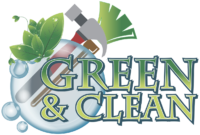A chimney inspection is one of the most important safety checks a homeowner can perform. Whether you use your fireplace every winter or only occasionally, a chimney that isn’t maintained can pose serious risks—including fire hazards, carbon monoxide leaks, and costly structural damage. Learning how to inspect a chimney the right way gives you the power to detect early warning signs and take action before small problems turn into major repairs.
In this detailed guide, we’ll explain what’s involved in a proper chimney inspection, when to do it yourself, and when to call a professional. By understanding the process, you’ll gain confidence in maintaining this vital home feature.
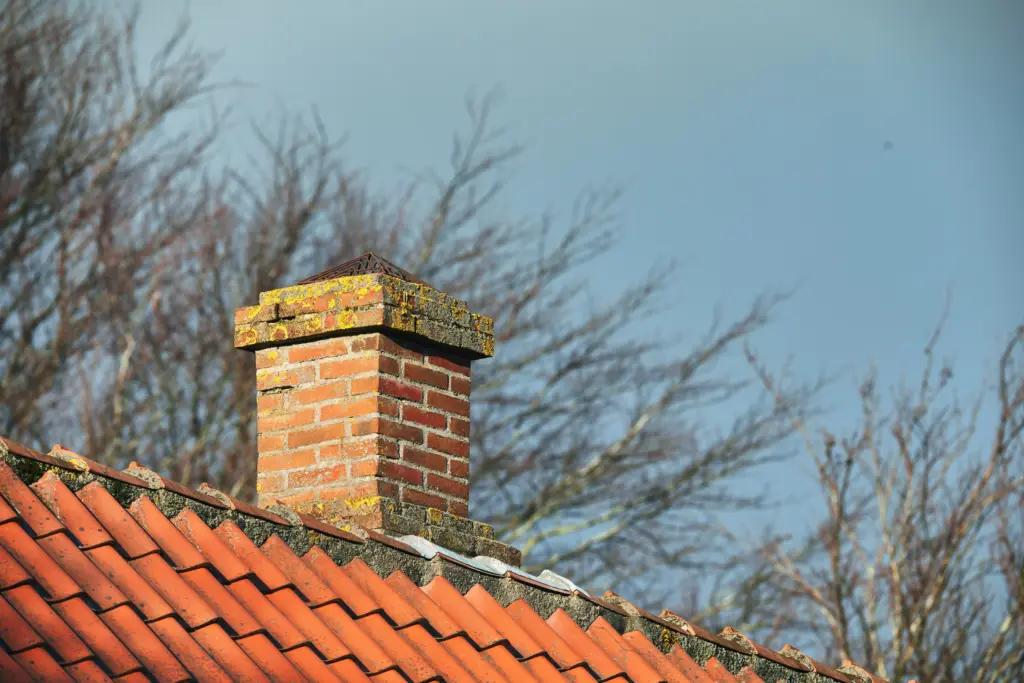
Why Chimney Inspections Are Essential
Chimneys gradually accumulate creosote—a flammable byproduct of wood combustion. If left untreated, this buildup can ignite. Chimneys can also harbor debris, suffer weather-related damage, or become home to animals. Over time, these problems compromise the system’s ability to safely vent smoke and gases.
The Chimney Safety Institute of America (CSIA) recommends annual chimney inspections to ensure safety and prevent fires. Regular inspection also reveals structural weaknesses or signs of wear before they become costly repairs. Additional guidance on fire prevention can also be found from the National Fire Protection Association (NFPA).
Understanding When to Inspect
Timing is everything. In Northeast Ohio, where winter conditions can be harsh, the ideal time to inspect a chimney is in early fall. Before lighting that first fire of the season, make sure your chimney is clear and structurally sound.
Also consider an inspection if you’ve experienced a chimney fire, added a new fireplace insert, switched fuel types, or noticed smoke issues indoors. Buying or selling a home with a fireplace is another key time to schedule a thorough review.
A proactive mindset, especially in climates with freeze-thaw cycles, is the best defense against long-term deterioration.
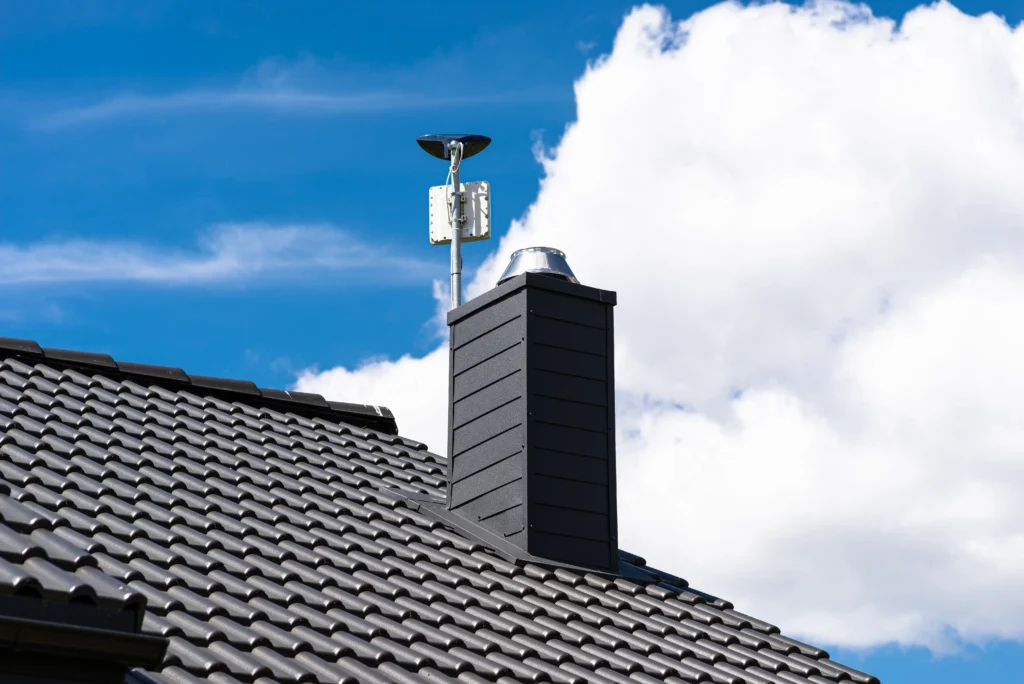
What to Check Indoors
Start your inspection inside your home. Begin with the firebox, looking closely at the walls for any visible cracks or gaps. The damper, which opens and closes to control airflow, should move smoothly and form a tight seal when shut.
Shining a flashlight upward through the damper, assess whether there’s visible debris or dark creosote coating the inner flue. If any damage, blockage, or excessive residue is present, it’s time to stop and call a professional.
This internal view is only a small piece of the picture, but it can offer essential clues about the overall condition of the chimney system.
Inspecting the Chimney Exterior
Outside, walk around the perimeter of your home to view the chimney from the ground. Masonry should be intact—no crumbling bricks or missing mortar. The metal flashing around the chimney’s base should be sealed flat against the roof to prevent water intrusion.
If you can view the chimney crown, examine it for cracks or spalling. A cracked crown can allow water to seep down the flue, contributing to rust, odors, and deterioration. For reference, the Environmental Protection Agency (EPA) offers resources on safe burning and the environmental effects of chimney emissions.
Take note of any leaning, gaps between the chimney and house, or discoloration that may suggest internal problems that require immediate attention.
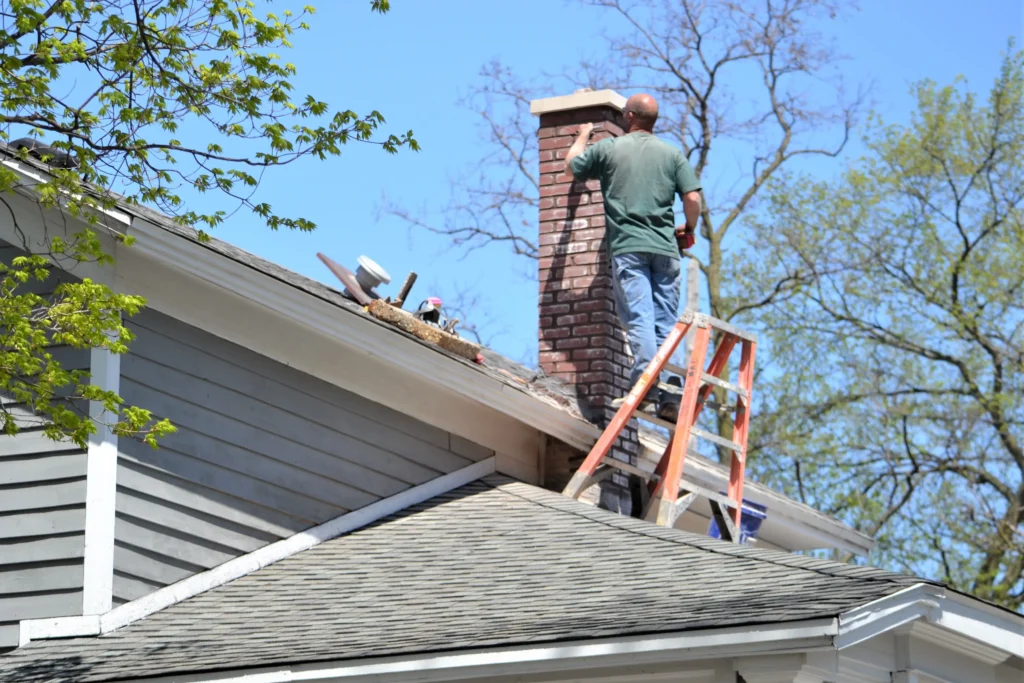
Taking a Closer Look at the Flue and Cap
With binoculars or from a safe ladder position, you can assess the chimney cap. This small but important feature keeps out moisture and prevents birds or squirrels from entering the flue. The mesh screen should be securely attached, free from rust, and without holes or gaps.
The flue lining, whether metal or clay, should appear smooth and continuous without displaced tiles or signs of wear. If visibility is limited or uncertain, schedule a video scan by a certified technician. More on flue safety and lining materials can be found at the Masonry Heater Association of North America (MHA).
Remember, missing or compromised caps are a major cause of water damage and internal blockages, both of which can be prevented with regular inspections.
Recognizing Signs of Water Damage
Moisture is the enemy of chimney longevity. You might notice white residue on the bricks—a condition called efflorescence—that indicates excess moisture. Inside, rust stains, musty odors, and damaged ceiling areas near the fireplace could point to leaks within the chimney system.
Over time, water damage compromises structural integrity and may even lead to chimney collapse in severe cases. Spotting these signs early helps avoid more expensive problems later.
If your chimney has been exposed to flooding, ice storms, or unusually wet seasons, it is especially important to assess for hidden internal dampness.
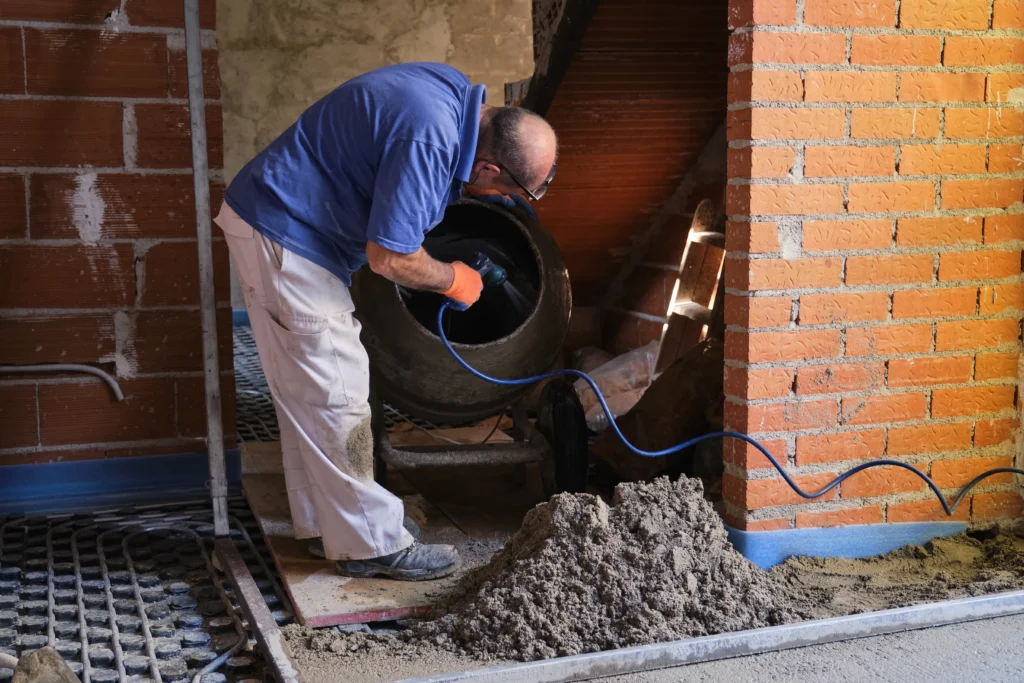
Beyond the Basics: Camera and Infrared Inspections
For a deeper assessment, modern chimney professionals often use infrared thermography or closed-circuit camera systems to view areas hidden from the naked eye. These inspections can uncover voids in insulation, breaches in the liner, and other structural anomalies.
The International Association of Certified Home Inspectors (InterNACHI) outlines inspection standards that highlight the role of advanced technologies in chimney diagnostics. Understanding these tools will help you make informed decisions when hiring a pro.
When DIY Isn’t Enough
A basic visual check helps you stay on top of visible problems, but it won’t reveal everything. Level 2 inspections, which include video scanning, and Level 3 inspections, which require partial deconstruction, must be handled by professionals.
Green and Clean Home Services serves Lake, Cuyahoga, Geauga, Summit, Portage, and Medina Counties with comprehensive chimney inspection services. Their licensed technicians are trained to find risks you can’t see—and they’ll provide clear recommendations for repairs or cleaning if needed.
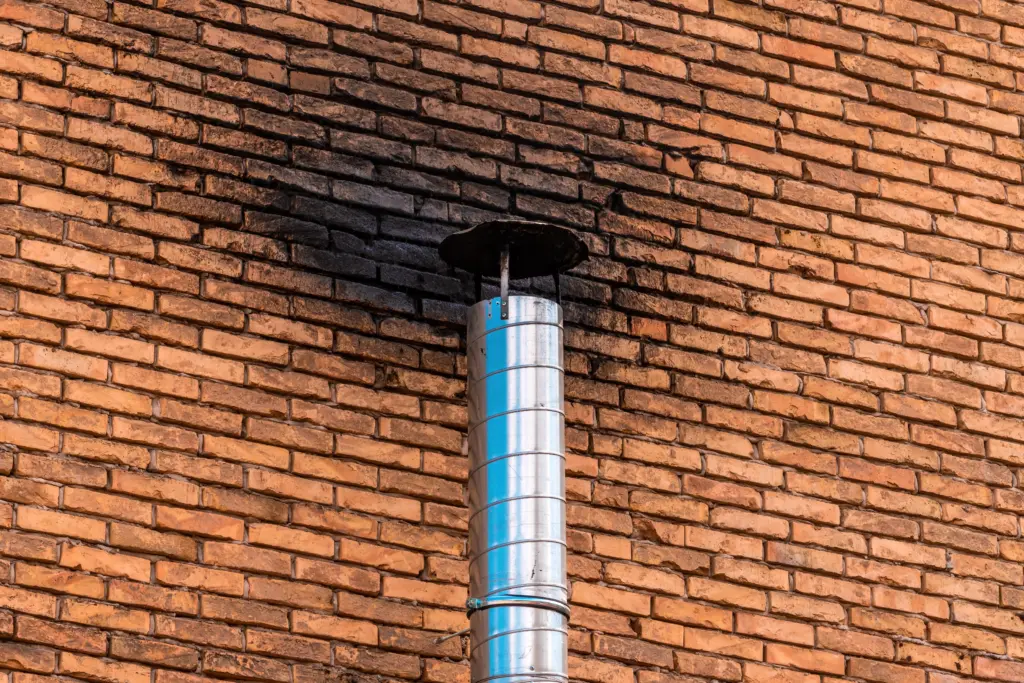
Regional Concerns in Northeast Ohio
The weather in Northeast Ohio adds another layer of concern. Snow, ice, and freeze-thaw cycles place stress on chimneys. Water that enters cracks expands when frozen, worsening minor flaws. That’s why annual inspections are a must in our region, even if your fireplace use is minimal.
Local chimney service providers understand these climate-related stressors and can advise on waterproofing options and proactive maintenance tailored for homes in our area.
Preventive Maintenance After the Inspection
Once your chimney has been inspected and cleaned, consider steps to maintain it throughout the year. Installing a chimney rain cap, waterproofing exterior masonry, and ensuring your fireplace is properly vented are all part of responsible chimney care.
A good inspection doesn’t just identify problems—it paves the way for better performance and peace of mind. Ask your technician for tips on burn practices, wood selection, and seasonal maintenance so you can keep your system running efficiently.
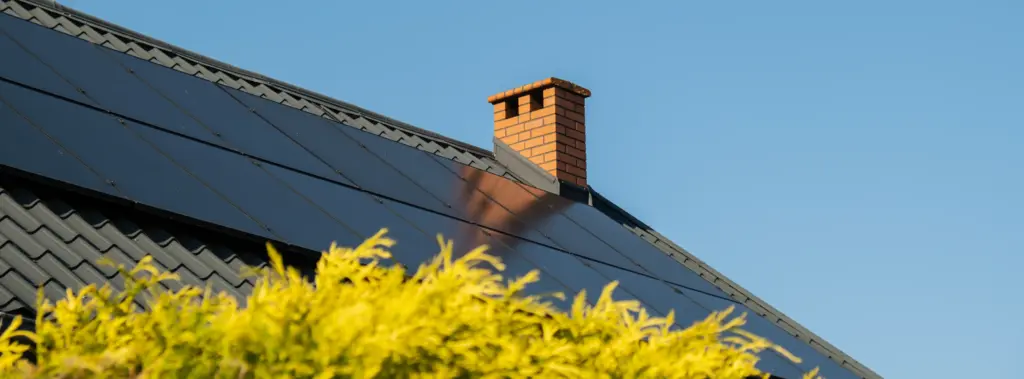
Wrapping Up
Learning how to inspect a chimney empowers you to stay ahead of safety hazards. While some basic checks can be done with a flashlight and a watchful eye, thorough annual inspections by a certified professional remain essential. Creosote buildup, flue damage, water intrusion, and unseen blockages all require expert evaluation.
Don’t wait until something goes wrong. Make chimney inspections part of your regular home maintenance routine—especially before lighting your first fire each fall. For trusted, thorough chimney inspections in Northeast Ohio, contact Green and Clean Home Services. Your fireplace—and your family—deserve the peace of mind that comes with knowing your chimney is in top condition.
